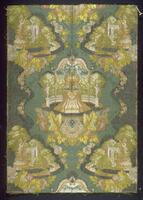602 UMMA Objects
602 UMMA Objects

Japanese (Japanese (culture or style))
The Bodhisattva Jizô with a demon and children
1700 – 1899
Gift of Susan Pratt Walton in honor of Catherine Mariotti Pratt and James Bisset
1986/1.190

Ikeno Taiga;Ikeno Gyokuran
Mountain Landscape
1725 – 1775
Museum purchase made possible by the Margaret Watson Parker Art Collection Fund
1983/1.354
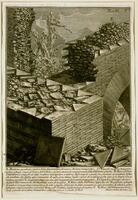
Giovanni Battista Piranesi (Italian (culture or style))
Roman Antiquities Series. Vol. III, Pl. V. Mattoni quadrati segati e linee diag
1720 – 1778
Gift of Miss Anna M. Barnard
1955/2.6
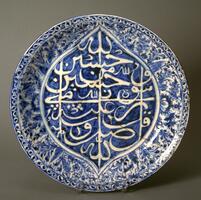
Ali ibn al-Hajj Muhammad
Platter with an inscription from a Hadith [a saying of the Prophet Muhammad], signed by Ali ibn al-Hajj Muhammad
1600 – 1799
Transfer from the College of Architecture and Design
1972/2.158
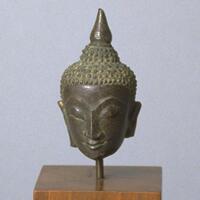
Thai
Head of a Buddha, with flaming topknot
1600 – 1799
Gift of the Estate of Margaret E. Tracy
1978/2.46
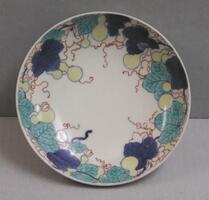
Artist Unknown, Nabeshima ware, Japan
Plate with gourd and vine design (one of five with 1964/1.100 and 102-104)
1700 – 1732
Museum purchase made possible by the Margaret Watson Parker Art Collection Fund
1964/1.101
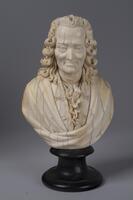
Joseph Rosset
Voltaire (François-Marie Arouet) (1694-1778)
1726 – 1786
Museum Purchase made possible by the Friends of the Museum of Art
1969/2.14
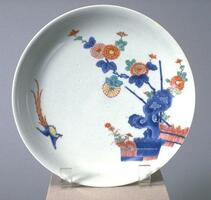
Japanese (Japanese (culture or style))
Arita ware dish with design of chrysanthemums by a brushwood fence
1700 – 1732
Gift of Mr. and Mrs. George F. Green
1970/2.1
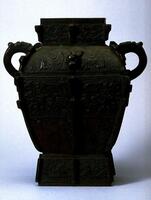
Chinese (Chinese (culture or style))
Fang lei (square wine vessel) with bas relief bird designs
1700 – 1899
Transfer from the College of Architecture and Design
1972/2.100
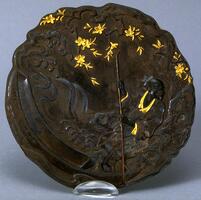
Japanese (Japanese (culture or style))
Mirror or relief plaque with scene of Taigong Wang fishing
18th century
Transfer from the College of Architecture and Design
1972/2.102
Loading…
